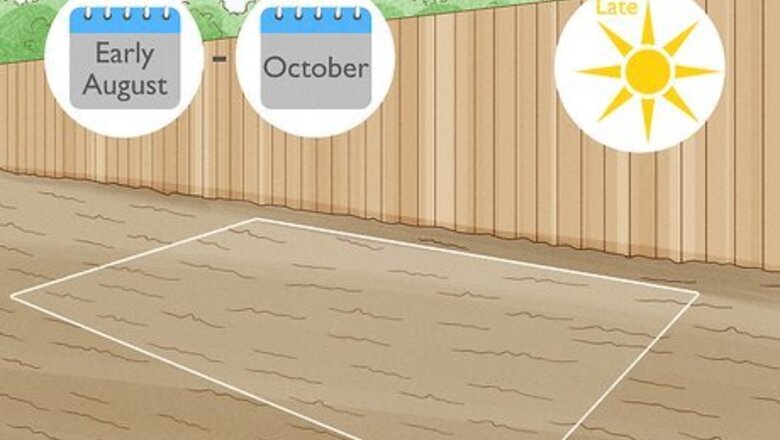
views
X
Research source
Winter onions of all varieties are easy to plant and care for. Start them from sets—small pre-grown bulbs—for best results.
Planting
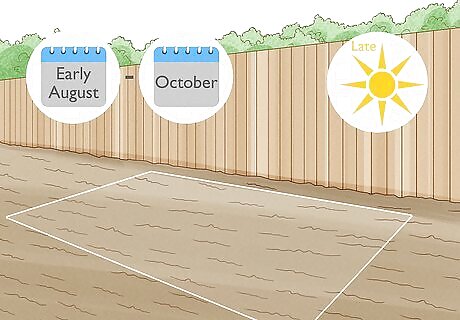
Prepare your plot in the late summer or autumn. You can plant your sets as early as August, but many gardeners prefer to wait until October, when the weather has significantly cooled. You can even plant your sets in the early winter, as long as the ground has not become solid yet.
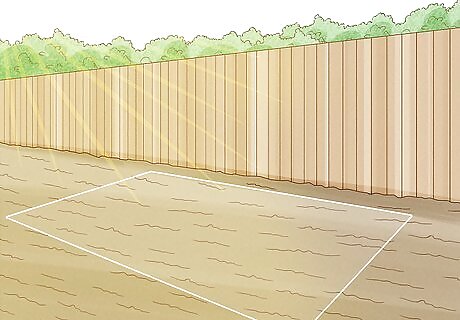
Select a sunny spot in your garden. Winter onions are hardy enough to grow in a variety of conditions, but they prefer to soak in full sun.

Break up the soil. Use a rake or trowel to loosen the soil in your plot. Winter onions do best in loose, well-drained soil. Avoid using sandy soils, however, since sand causes soil to lose moisture a little too quickly, preventing your onions from soaking in all the nutrients they need to thrive.
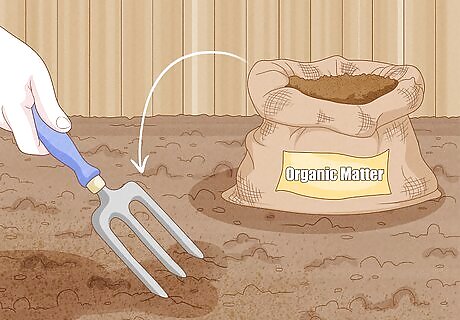
Mix organic matter into the soil. Sterilized compost is a popular choice. Organic matter provides additional nutrients and may improve the soil's ability to retain proper moisture levels.
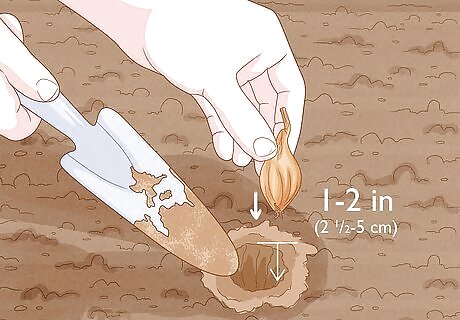
Plant each set 1 to 2 inches (2 1/2 to 5 centimeters) deep. Gently push the set into the ground until it is just below soil level. Cover it with additional soil if necessary, gently packing the soil over the bulb.
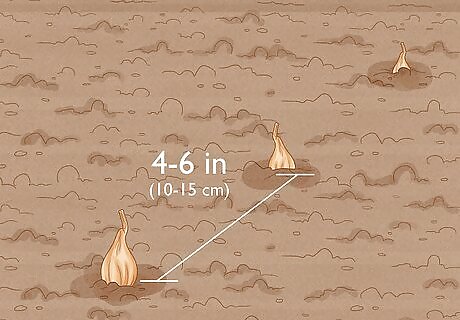
Space sets 4 to 6 inches (10 to 15 centimeters) apart within each row. Each row should also be spaced about 1 foot (30 centimeters) apart.
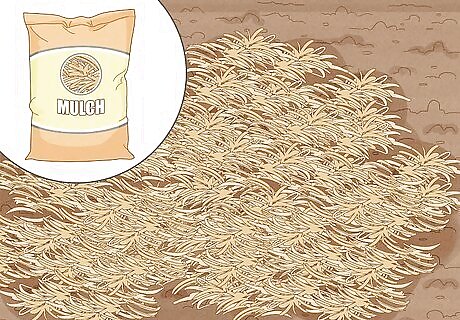
Cover your planted sets with a heavy layer of mulch. The mulch allows the soil to retain moisture longer and also keeps the onions a little warmer than they would be if the soil remained exposed.
Care and Harvest

Water the onions twice a week for the first two weeks. After that, avoid watering the onions at all, especially once the ground has frozen. Once the weather warms up again, water the onions only if you experience a drought and the soil looks hard, cracked, and dry.
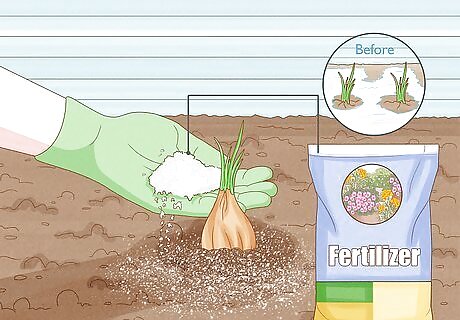
Give your onions two doses of fertilizer. The first dose should come shortly before the first heavy freeze. If you live in an area where it does not freeze, apply the first dose of fertilizer any time from late October through November. The second dose should be in the early summer, before harvest.
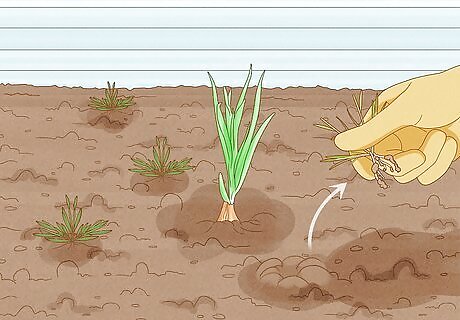
Weed the area. Throughout the majority of the growing season, weeds do not pose much problem. When you do see weeds, however, you should yank them up immediately, either by hand or by using a sharp hoe. Weeds will compete with your onions for nutrients in the soil, causing a small, dehydrated crop.
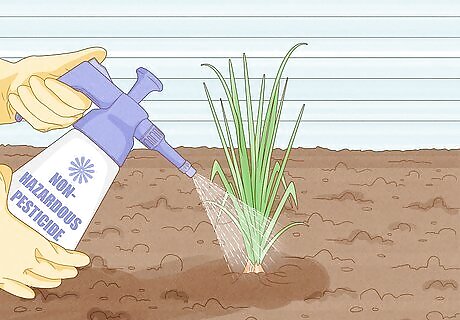
Watch out for pests. You will not have much of a pest problem throughout the majority of the growing period, but if you notice any pests once the weather warms up, use a non-hazardous pesticide to kill or ward them off.
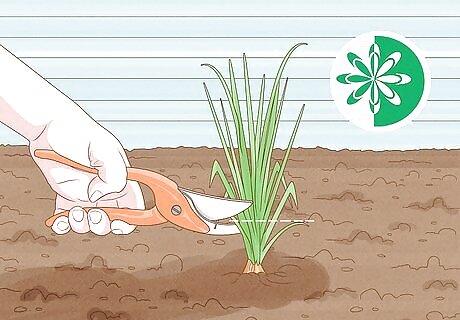
Harvest onion greens at any time during the spring. Once the greens reach several inches (10 centimeters or so) in height, you can snip them off with shears. They have a mild flavor but work well in many recipes that call for onions.

Harvest onion bulbs once the tops go brown. This usually occurs anytime from the late spring to the early autumn, depending on when you planted your sets. Due to the lengthy growing period, winter onions have notably large root bulbs. Tug on the tops until the bulb comes out or pry them out with a garden fork. Dust off as much soil as possible before setting them out to dry.
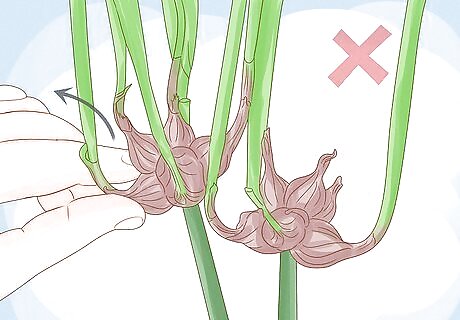
Allow a few of the bulbs to "walk." The most common winter onion is the "walking onion," which produces a top bulblet. Once the bulblet grows large enough, the weight of it causes it to sink to the ground and plant itself. Oftentimes, you can still snip off the stem and the ground bulb after this occurs. Allowing the bulblets to replant themselves ensures a crop for next year.


















Comments
0 comment